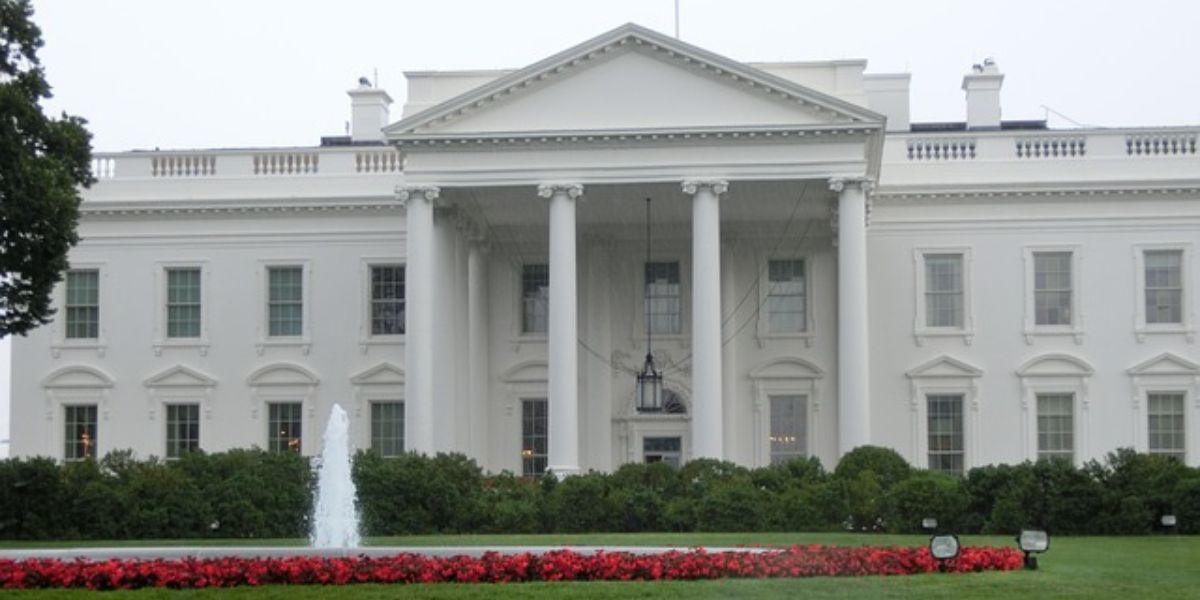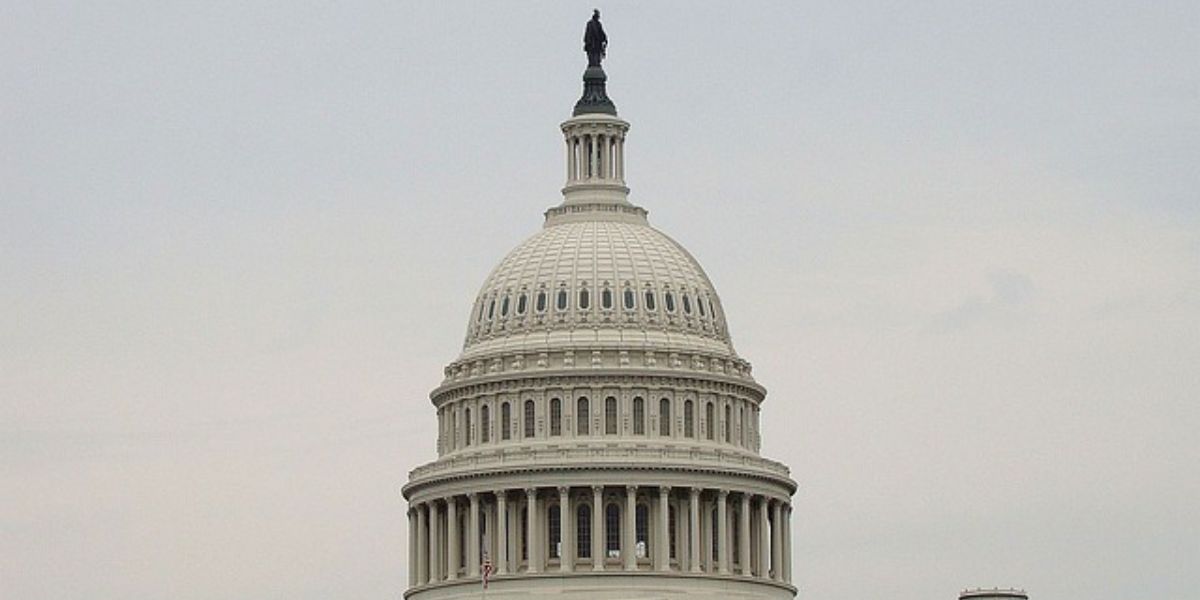An IMF blog of 10 March 2021 entitled A New Vision for the US Climate Agenda looks at fiscal actions that would help curb emissions.
The US climate plan aims for US carbon neutrality by 2050, achieved by public funding for clean energy infrastructure and the development of green technology.
The case for carbon pricing
The blog points out that a scheme for pricing carbon dioxide emissions such as a carbon tax would help to reach the climate target by increasing the price of carbon-intensive fuel. This would provide an incentive for industry to switch to cleaner fuels and would encourage investment in cleaner technology. The measures would also raise revenue for the government and would be relatively straightforward to administer. The blog estimates that a carbon tax reaching USD 50 per ton by 2030 could reduce emissions by 22% and produce revenue amounting to 0.7% of GDP per annum.
There are concerns in the US over the impact on energy prices as the tax burden would at first be regressive, however revenue raised by the measures could be used to provide support for the lower income groups. Support for those with incomes in the lowest 40% could be provided using only 25% of the additional revenue raised by the measures, while the remaining revenue could be used to fund clean infrastructure spending or tax cuts.
The US climate plan includes a border carbon adjustment that would impose a surcharge on emissions-intensive goods imported from countries that have not introduced a carbon price equivalent to the US. Exports from the US could obtain a refund related to the exporter’s carbon footprint.
While creating opportunities in technology and renewable energy sectors the emissions mitigation strategy would have a negative impact on certain industries. The affected workers and regions would require government assistance.
Incentives at the sectoral level
Incentives at the sectoral level could be provided by the use of “feebates”, a system of fees or rebates on activities with emission levels above or below average. Feebate schemes could be used in transportation, power generation, industry, buildings, forestry, and agriculture. Feebates would avoid steep increases in energy prices but would not have the same incentive effect as carbon pricing. For example, they would not be an incentive for people to drive less. Feebates are however more flexible and cost effective than the use of regulations and they do not carry a fiscal cost.
International coordination
If there is effective international coordination on climate measures there will be less concern about the possible effect on the competitiveness of industry and more confidence that countries will implement their climate mitigation commitments. A mechanism that could be used to support climate commitments would be an international carbon price floor, under which the countries with the largest carbon emissions would agree to impose a minimum price on their carbon emissions. The price floor could include more stringent requirements for industrialised countries while providing support for lower-income countries.















